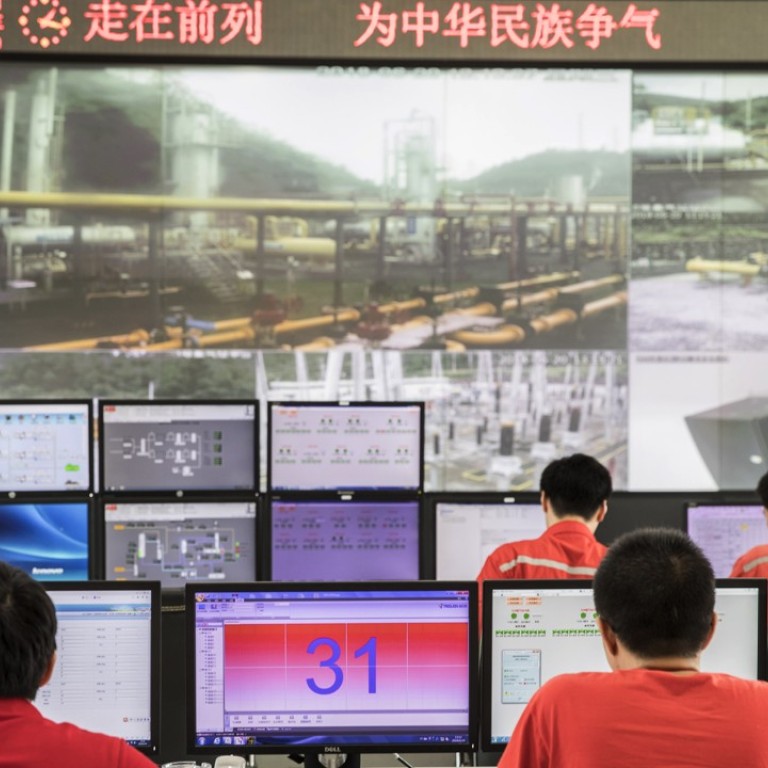
Can China follow US by using shale to go from world’s biggest energy importer to a net exporter?
Once said to have world’s largest shale gas reserves, China remains dependant on imports, with its reserves hard to reach and shale output targets reined in
China’s shale gas industry began with a long shot.
Guo Xusheng, a stout and affable chief geologist at a unit of China Petroleum & Chemical, persuaded his bosses in 2009 to give him about US$3 million to drill deeper than anyone had before in southwestern China. For Sinopec, as the company is known, the shale boom in the US convinced them that Guo’s plan was worth a try.
Success was far from certain. China National Petroleum, the nation’s dominant oil company, had already drilled the same area and come up dry.
Then, in 2012, Guo’s team struck pay dirt, hitting a huge pocket that spewed 200,000 cubic metres (7,062,933 cubic feet) of gas a day, enough to heat tens of thousands of homes.
So surprised were Guo and his team that they flew 1,800km (1,100 miles) to Beijing to confer with corporate chieftains on what to do next.
Their discovery in the rugged mountains of the Sichuan Basin burned off for 40 days until it was decided to risk the possible collapse of the reservoir by capping it.
Six years and billions of dollars later, China’s quest to unlock shale resources on a scale as big as in the US is still looking like a long shot.
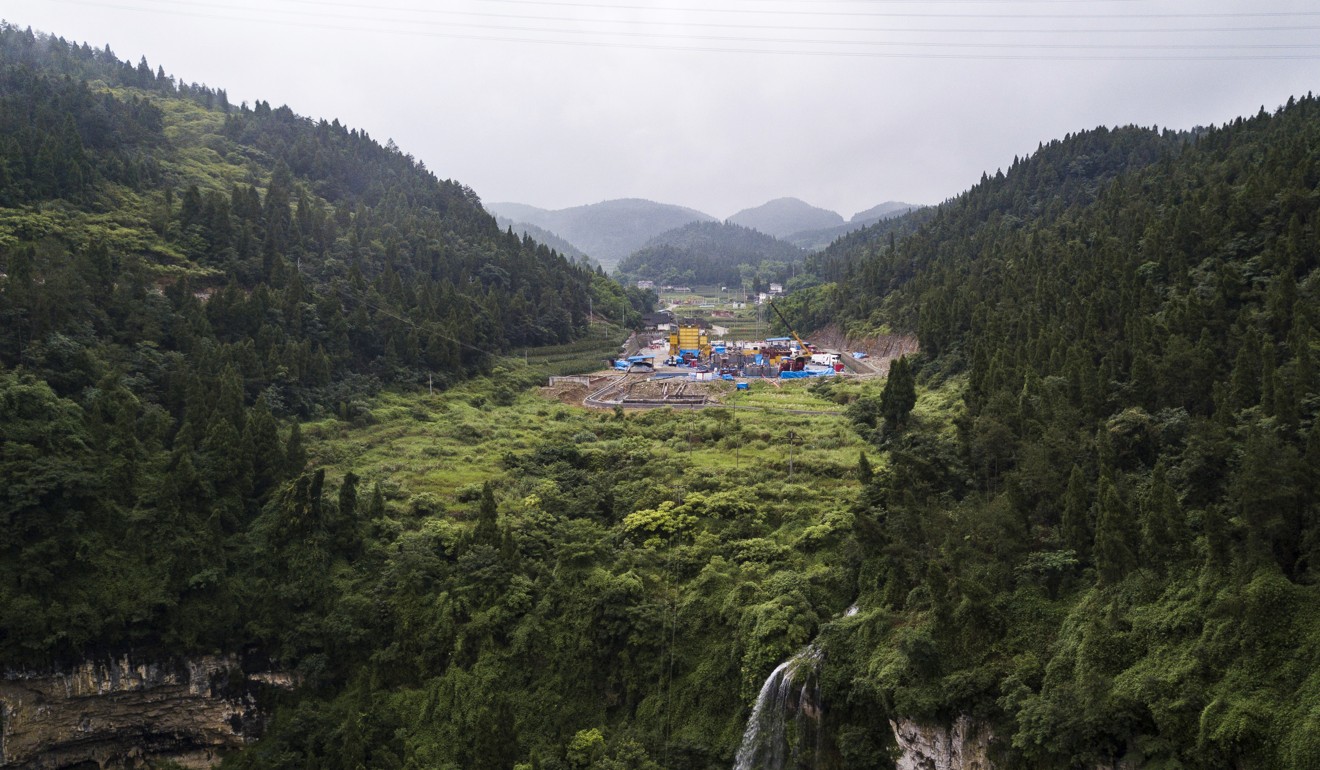
“US shale reserves are like a plate, in relatively good shape and buried evenly close to the surface,” Guo said. “For China’s shale reserves, it’s more like a plate that was smashed on the ground, and then stomped on. We’re trying to identify those scattered reserves and trying our best to get to the bigger ones.”
Coal had powered the Chinese economic miracle for decades. But as anger grew from a wealthier population over smog that engulfed their cities, President Xi Jinping’s government turned to natural gas, as well as renewables, for cleaner sources of energy.
The discovery of big, exploitable reserves inside the shale formations of southwestern China seemed to come at the perfect time.
Officials in Beijing soon began churning out ambitious goals for Chinese shale production. In 2012, they targeted as much as 100 billion cubic metres of annual output by 2020.
The optimism reached its zenith in 2013 after the US Department of Energy estimated China was sitting on the world’s largest reserves of shale gas, almost double those of the US and enough to theoretically supply the country for more than a century.
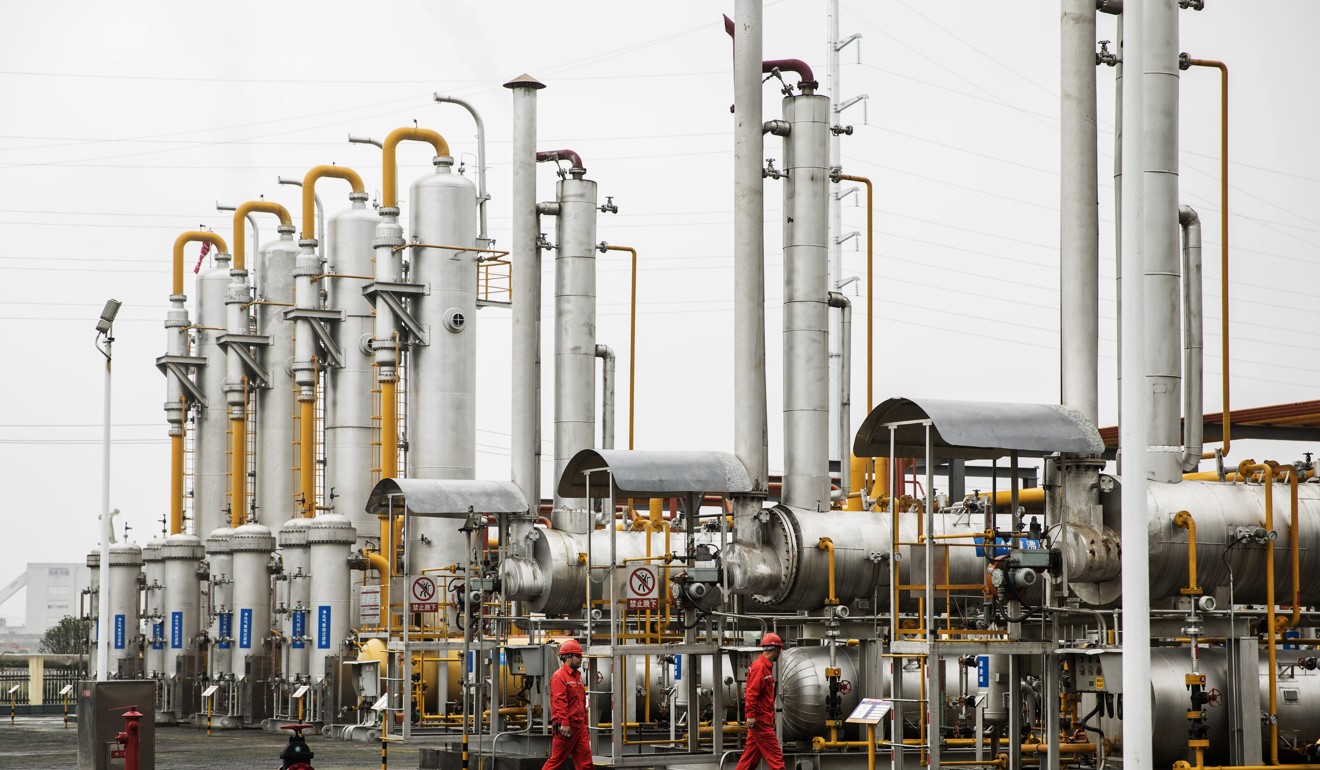
The world took notice. Shale had transformed the US from the world’s largest gas importer into a net exporter in slightly more than a decade, reshuffling global trade flows and leaving China the biggest energy importer.
If China had even more shale gas than the US, what would that mean for global markets?
That answer remains a long way off. Chinese explorers have failed to scale shale drilling the way their counterparts in the US did, and authorities started lowering their 2020 shale gas targets, most recently to 30 billion cubic metres.
Even that looks ambitious given the output of 9 billion last year.
The problems are myriad. China’s reserves are deeper, harder to reach and more broken-up than those in North America. Western companies have also been wary of selling advanced fracking technology to China at a time of intellectual property concerns.
And some analysts have questioned whether tight control over exploration and extraction by two massive state-owned oil companies is a model that can work, given that the US boom was driven by innovations from dozens of independent drillers.
“If China wants a shale revolution, fundamental industry reform is needed,” said Neil Beveridge, an analyst with Sanford C. Bernstein & Co.
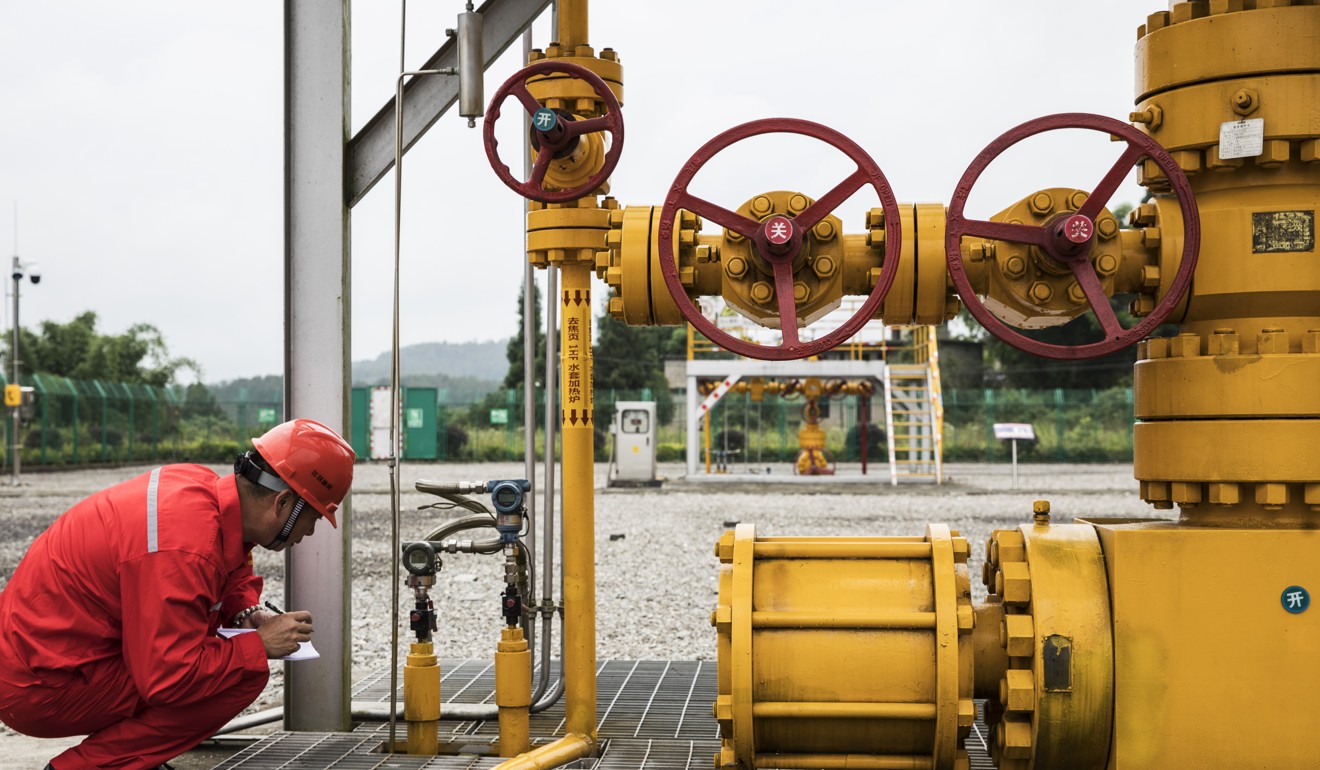
All the while, China’s demand for new sources of energy has continued to expand. President Xi last year tagged the fight against pollution as one of three “critical battles” the ruling Communist Party must win.
That translated into a push to replace coal with gas that was so aggressive it left many in northern China without heat this past winter.
China’s pipeline and liquefied natural imports combined have passed Japan’s to make it the world’s largest importer of the fuel. And while domestic production has increased, it’s trailed the pace of demand. Bloomberg NEF estimates that China’s dependence on imports will increase to 42 per cent in 2020 from 39 per cent last year.
“Every cubic metre of shale gas Chinese producers get out of the ground is a cubic metre of the fuel China doesn’t already have,” Anna Yu, a Hong Kong-based analyst at ICBC International, said by phone.
“It’s not just a ‘something better than nothing’ kind of story. It delivers both output for now and hope for the future.”
If there is a breakthrough, it will come from places like the village of Jiaoshiba, the centre of China’s nascent shale gas industry. A boom town that is a three-hour drive from the southwestern Chinese metropolis of Chongqing, it is tucked in the rugged hills between the Yangtze River and the Xiannv Mountain National Park.
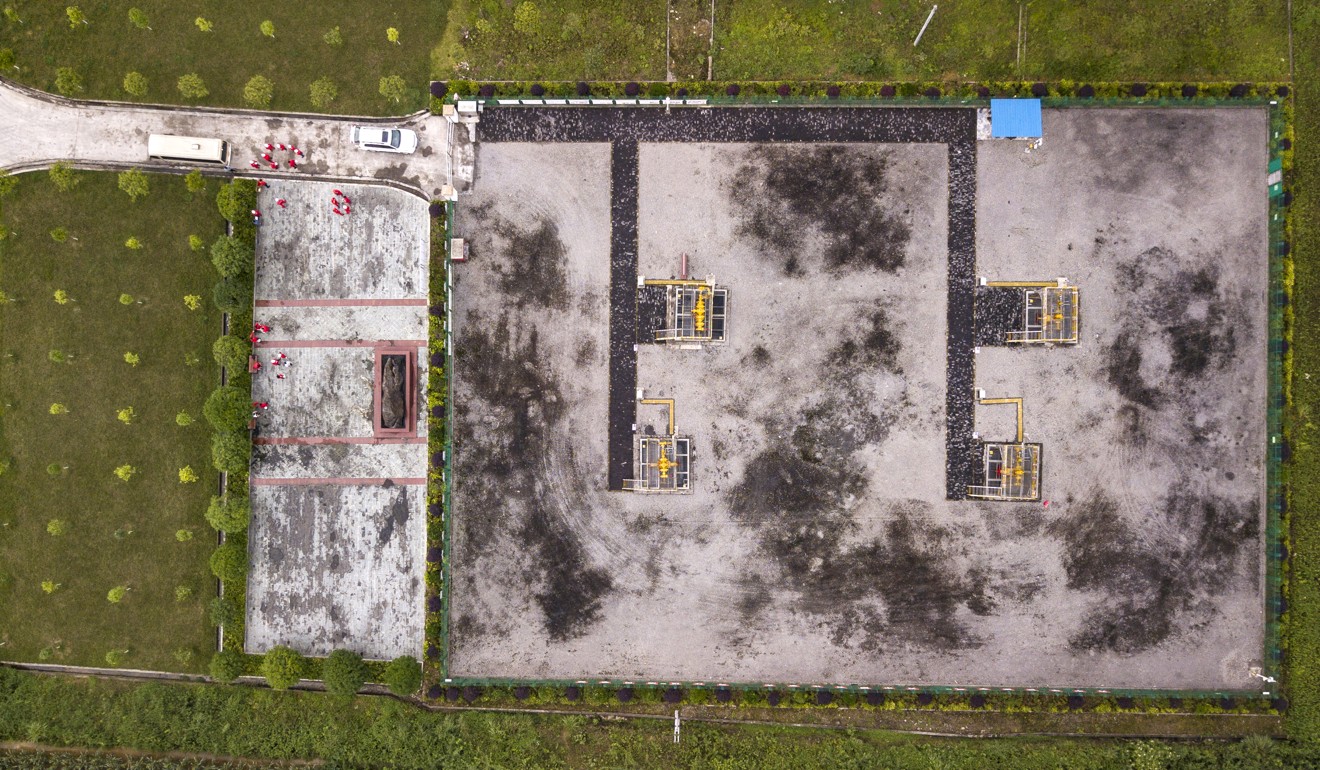
New roads and petrochemical factories are popping up, the property business is thriving and the population has grown tenfold since Guo and his team set up their headquarters to oversee further drilling in what the company calls its Fuling shale gas project.
Sinopec has to squeeze its wells onto whatever bits of flat ground it can find sandwiched among the hills and fields of corn. Guo’s first well from 2012 now sits quietly surrounded by craggy wooded slopes and a tobacco field.
Fuling’s 300 wells accounted for about 6 billion of the 9 billion cubic metres of shale gas China produced last year – which pales in comparison with the 639 billion cubic metres produced in the US in 2017. The company for now is targeting total shale gas output of 10 billion by 2020.
A few hundred kilometres to the west, CNPC is aiming higher. The nation’s biggest producer is targeting 12 billion cubic metres by the end of the decade and 40 billion by 2035 from developments including Changning, Weiyuan and Zhaotong. The country’s total gas demand by 2020, meanwhile, is estimated by Bernstein at 325 billion.
Crucial to closing that gap is technology. That is where China’s industrial prowess – absorbing new technology, mastering it then exporting it – might be able to translate to pumping natural gas from shale rock.
A small but important part of the process is a piece of equipment known as a bridge plug. Shaped like the handle of a Star Wars lightsaber, it temporarily stoppers wells in the middle of the drilling operation so gas doesn’t escape.
Sinopec used to buy the plug for 200,000 yuan (US$30,000) a pop. Then it reverse-engineered it, worked out how to make it for 18,000 yuan each, and now exports them to the supplier from which it originally imported.
The bridge plug is not the only piece of equipment it has perfected. US-sourced pressure pumps, pivotal to the hydraulic fracturing process known as fracking, were not powerful enough for China’s deeper wells, so Sinopec invented its own with 40 per cent more horsepower.
The company now makes all its shale equipment in-house, slashing exploration drilling costs by 40 per cent from 2010 levels, according to analysts at Wood Mackenzie.
It is these small steps that keep engineers like 32-year-old Mi Ying dreaming of a US-style shale boom.
“Thirty to 40 years from now, shale gas output in Jiaoshiba may not matter at all compared to China’s total shale output, but we are the ones that blazed the trail, making mass production of the fuel possible,” said Mi, who moved to Jiaoshiba in 2012 and gave birth to her daughter there.
“If I can only tell one story to my daughter and her children,” she said, “I think it will be Fuling and shale gas.”

